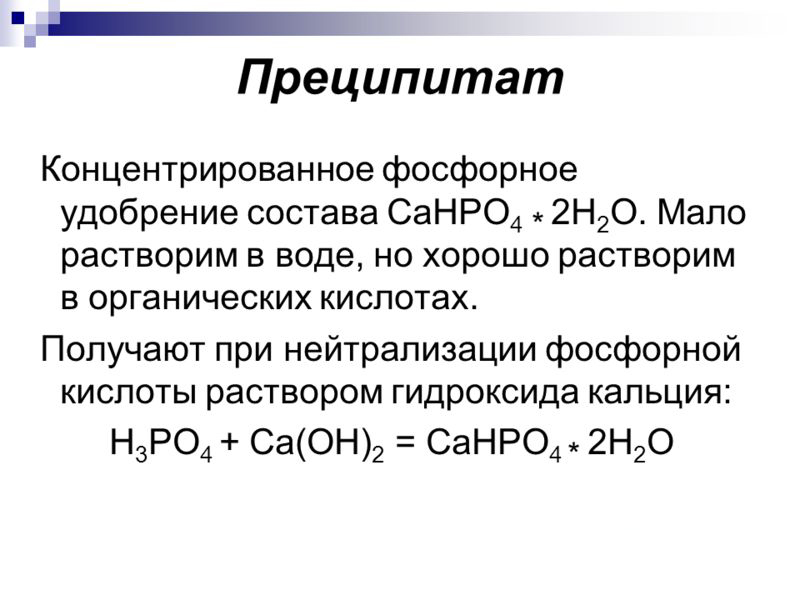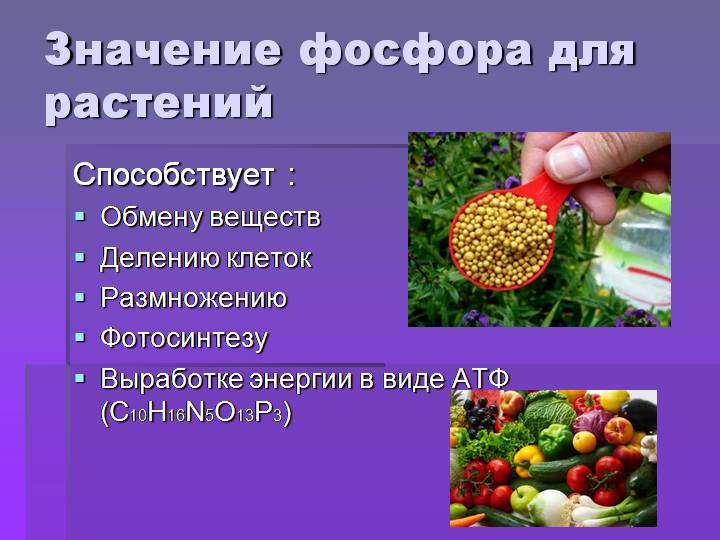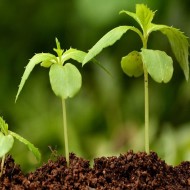What is precipitate and how to use it in agriculture
Content
General characteristics of the precipitate
A high-quality and plentiful harvest directly depends on the nutritional value of the soil. That is why soil fertilization is an integral aspect of growing fruit crops. The precipitate is one of the most demanded phosphorus fertilizers. Top dressing is a white or grayish powder that does not dissolve in water.

Formula and chemical composition of the substance
The precipitate is a concentrated phosphorus composition, which is actively used for feeding any fruit plants. The chemical formula looks like this: CaHPO4 2H2O. The element is formed as a result of the interaction of chalk or lime with phosphoric acid.
The chemical composition of the substance is presented in the form of a dicalcium phosphate dihydrate. In this case, the fluorine content in the compound is about 50%.
How Phosphate Fertilizer Works
Using the precipitate at your summer cottage, it is worth remembering that the compound does not dissolve in water. For greater efficiency, it is recommended to use a phosphorus composition in combination with other mineral fertilizers.
In acidic soil, the compound decomposes very quickly, thereby more intensely saturating the earth with phosphorus. In addition, the substance promotes the absorption of poorly soluble salts by the plant, which are contained in the soil.
The mechanism of action of the precipitate is very similar to that of superphosphate. But in the first case, the composition decomposes more slowly than superphosphate, and therefore the plant is better saturated with useful minerals.

It should be noted the safety of feeding in comparison with other formulations containing phosphorus. The soil and the plant itself receive the maximum of necessary and, most importantly, natural substances, which is due to the relatively organic composition of the fertilizer.
Benefits for plants
The effectiveness of fertilization affects primarily the root system of the plant. It becomes much stronger and more resistant to all kinds of fungal diseases. In addition, the volume of the harvest increases significantly. Fruits contain more sugar, and their shelf life is significantly extended.
Considering that the substance contains lime, it would be logical to use top dressing to reduce the level of soil acidity.
By the way, in translation from Latin the word “precipitate” means “precipitous fall”.
It is necessary to resort to the help of this phosphorus compound in the following cases:
- Changes in foliage color. The lower foliage of a plant that is deficient in phosphorus turns burgundy or purple.
- Noticeable deformations of the sheet plate.
- Slowdown or complete cessation of crop growth, which is associated with a weakening of the root system.
- When the color of the foliage changes
- When the sheet plate is deformed
- With a slowdown in crop growth
Video "The benefits of phosphorus fertilizers for plants"
In this video, experts tell you why you need to feed plants with phosphorus fertilizers.
Advantages of the precipitate over other phosphorus-containing compositions
A precipitate is especially necessary for those plants that are grown in acidic soils. As noted earlier, the phosphorus-containing fertilizer does not dissolve in water, but it decomposes rather actively in the soil with a high level of acidity. As a result, the soil intensively absorbs the substance.
The main advantages of the substance over other phosphorus compounds are:
- Efficiency. The compound is actively absorbed into any soil, however, on acidified soils, its effect is most active.
- The duration of the decay process. The substance decomposes rather quickly, but this time is enough for the soil to be saturated with the necessary elements. The same cannot be said about other phosphorus compounds, such as superphosphate. In this case, the feeding disintegrates so rapidly that not all plants receive the necessary portion of nutrients.
- Harmlessness. Given the fact that the composition of the compound is relatively natural, it is absolutely safe for the soil and the plant itself. In this criterion, top dressing is superior to other fertilizers, working with which a lot of precautions must be taken.

How to apply the precipitate
Since the fertilizer is insoluble in water, but it dissolves perfectly in organic acids, it is recommended to use it in combination with other mineral compositions. The substance is mixed with the main fertilizer. Garden plants are sprayed with the trained composition.
The recommended dose is 10 g of powder per 10 sq. m.
Reviews of gardeners
The effectiveness of fertilizing crops using precipitate is confirmed by numerous reviews of gardeners.
“Precipitate has been my reliable assistant for eight years now. As soon as I got acquainted with this top dressing, since then I have been using it every year. By the way, I fertilize not only plants, but also the soil itself until the planting of crops. I carry out such feeding in the fall, during the period of digging the garden. It is better to bury the substance deeper, because it is absorbed for a rather long time. "
“Our soil is not very fertile. Plants often get sick and die. If they "live" up to the moment of fruiting, then they give a bad harvest. Moreover, it does not depend on leaving. A neighbor advised a precipitate - a phosphoric top dressing. The effect was not long in coming. The plants are strong, they get sick much less often. And, most importantly, the harvest is excellent! "
The effectiveness of the precipitate is beyond doubt, since the main component of the compound is phosphorus. The positive effect of the element on the growth and development of plants is confirmed by numerous reviews of satisfied gardeners.



